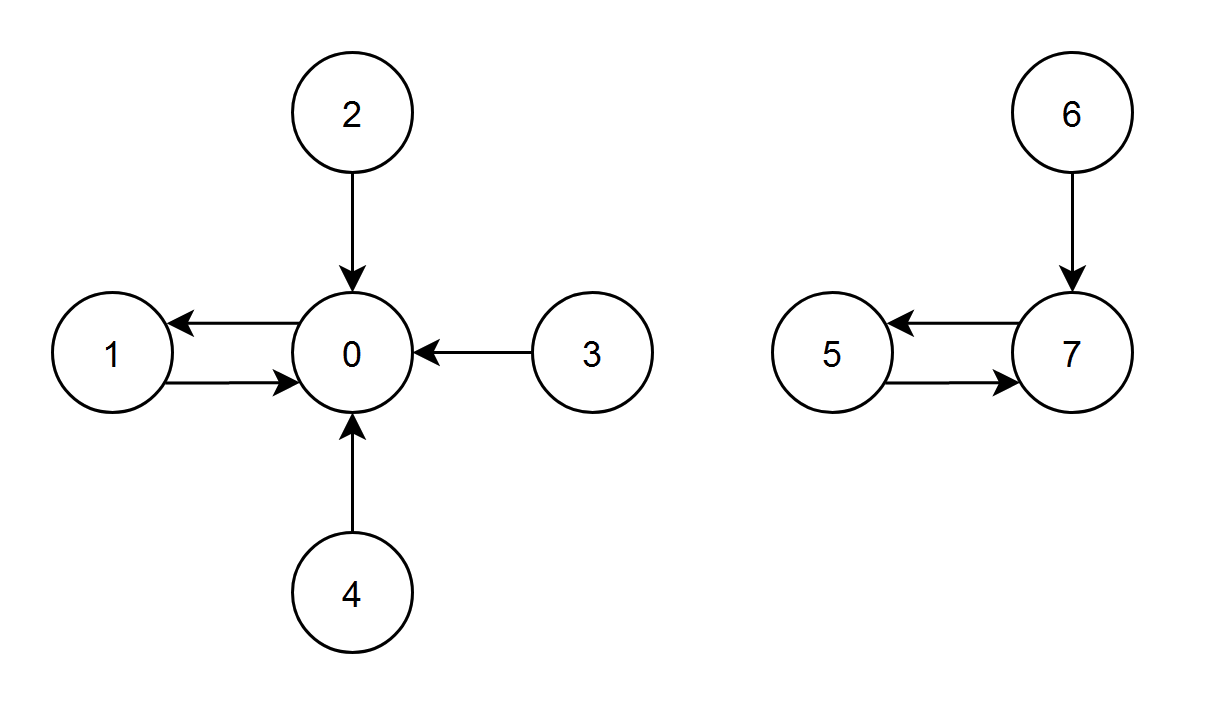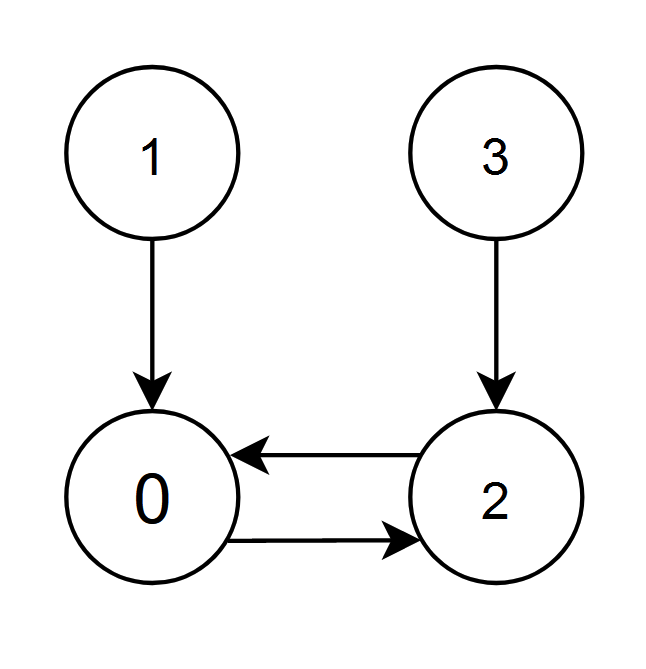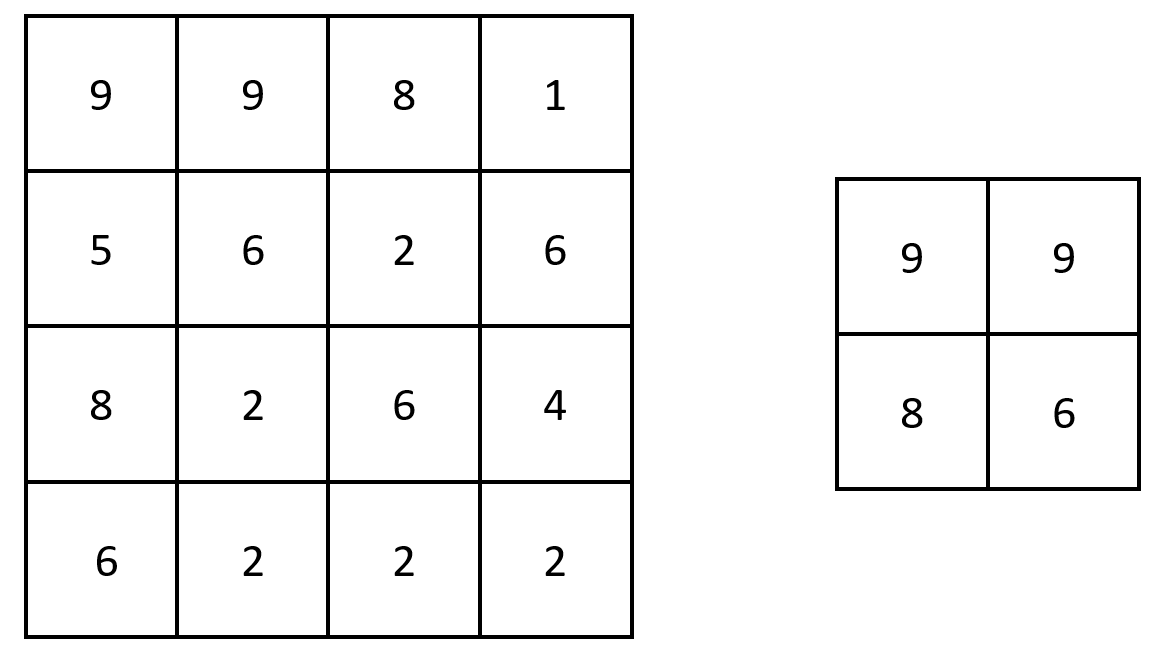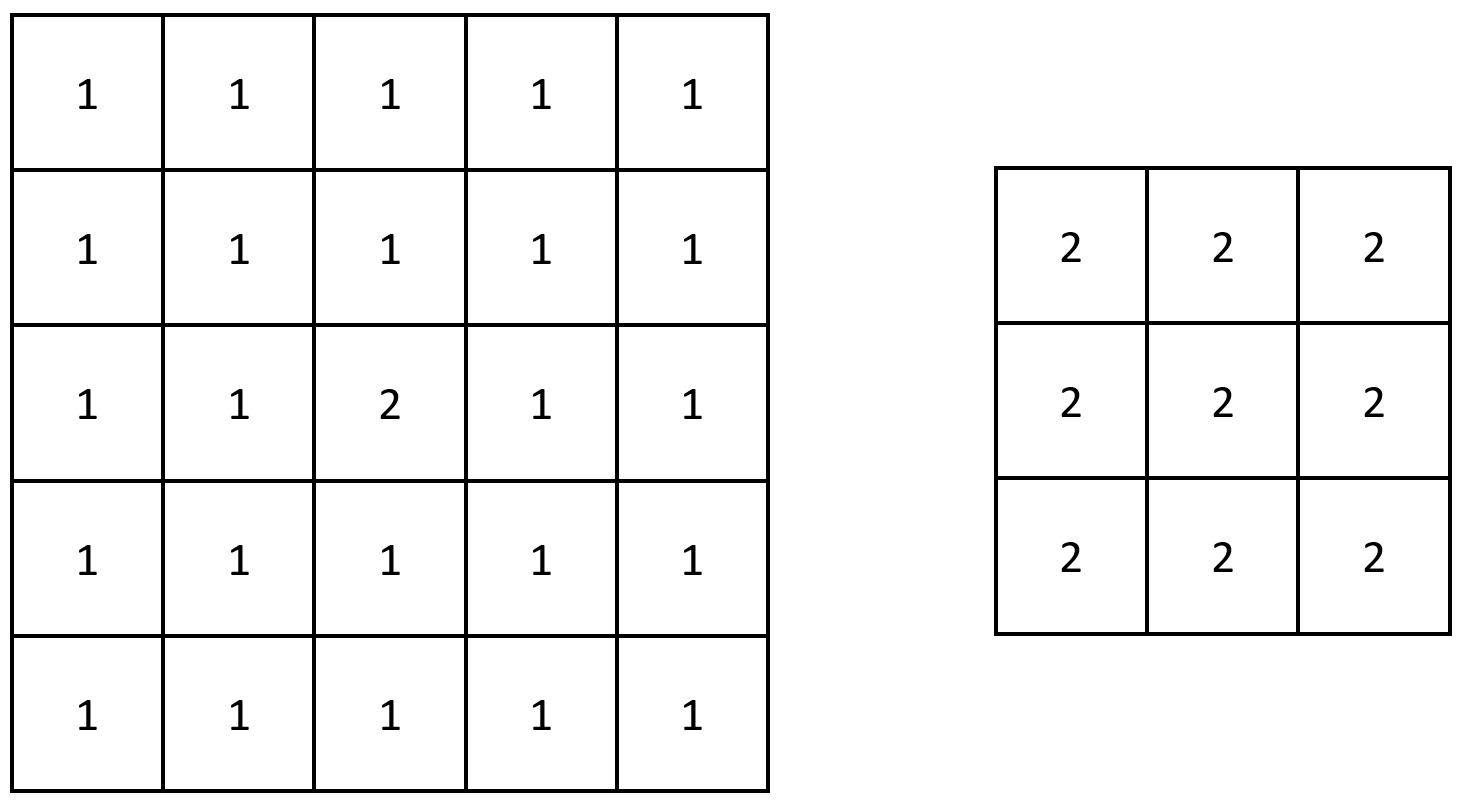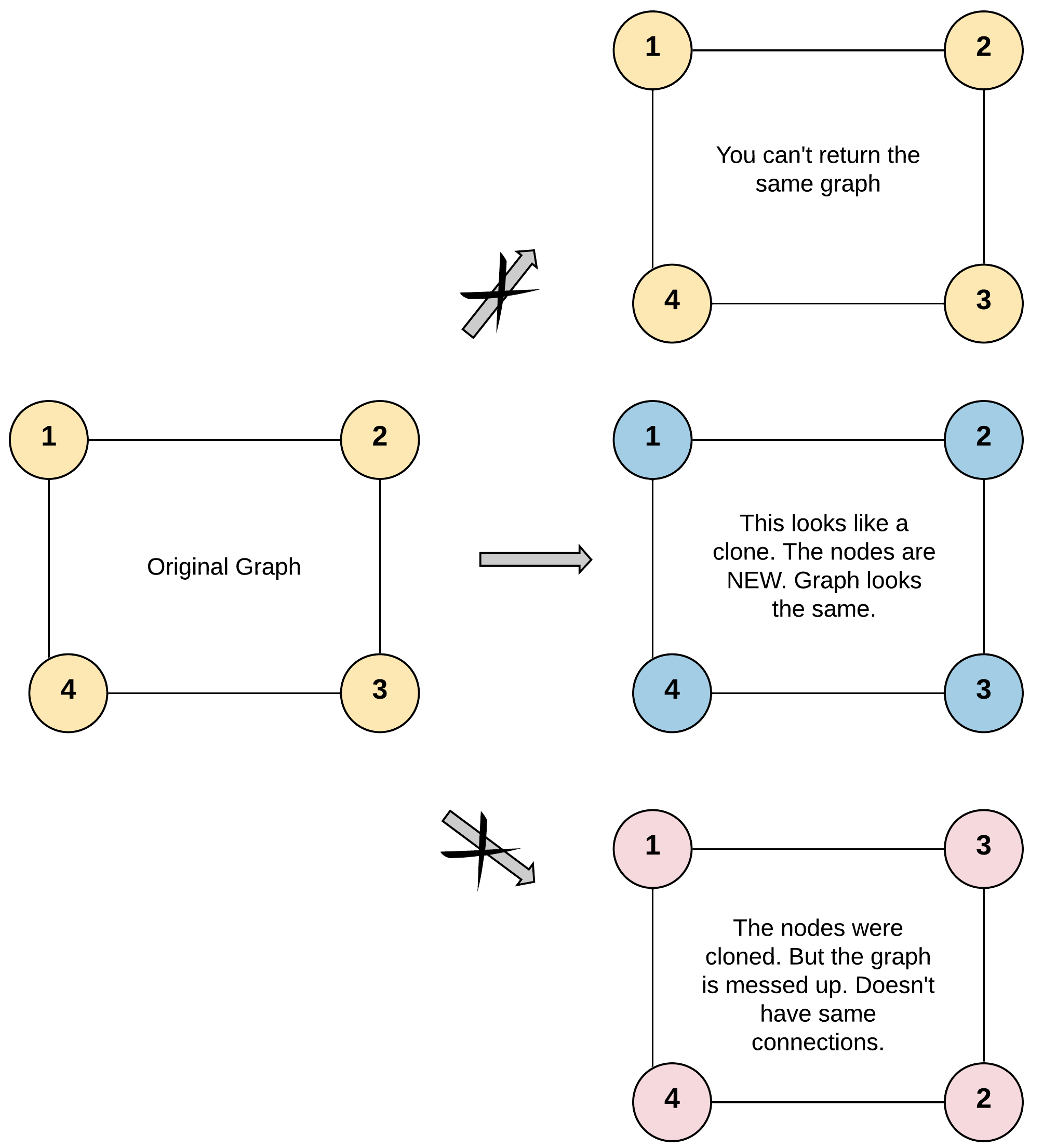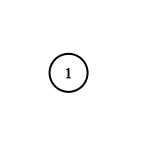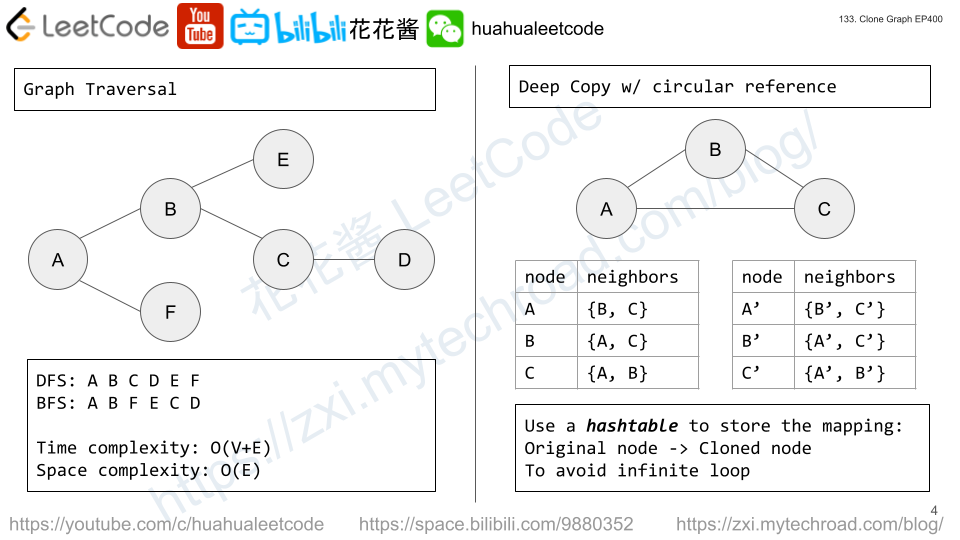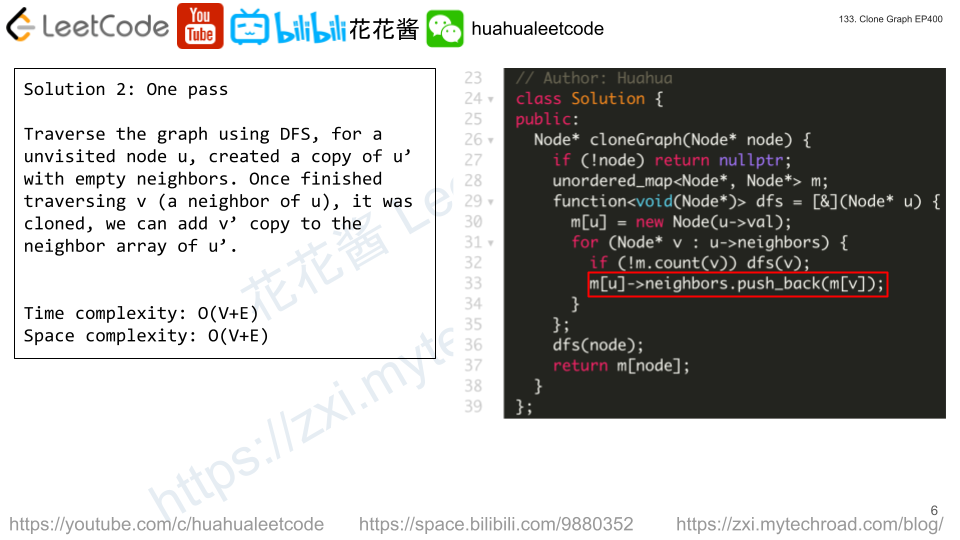Given a 0-indexed integer array nums, determine whether there exist two subarrays of length 2 with equal sum. Note that the two subarrays must begin at different indices.
Return true if these subarrays exist, and false otherwise.
A subarray is a contiguous non-empty sequence of elements within an array.
Example 1:
Input: nums = [4,2,4] Output: true Explanation: The subarrays with elements [4,2] and [2,4] have the same sum of 6.
Example 2:
Input: nums = [1,2,3,4,5] Output: false Explanation: No two subarrays of size 2 have the same sum.
Example 3:
Input: nums = [0,0,0] Output: true Explanation: The subarrays [nums[0],nums[1]] and [nums[1],nums[2]] have the same sum of 0. Note that even though the subarrays have the same content, the two subarrays are considered different because they are in different positions in the original array.
Constraints:
2 <= nums.length <= 1000-109 <= nums[i] <= 109
Solution: Hashset
Use a hashset to track all the sums seen so far.
Time complexity: O(n)
Space complexity: O(n)
C++
|
1 2 3 4 5 6 7 8 9 10 |
// Author: Huahua class Solution { public: bool findSubarrays(vector<int>& nums) { unordered_set<int> s; for (int i = 1; i < nums.size(); ++i) if (!s.emplace(nums[i] + nums[i - 1]).second) return true; return false; } }; |
